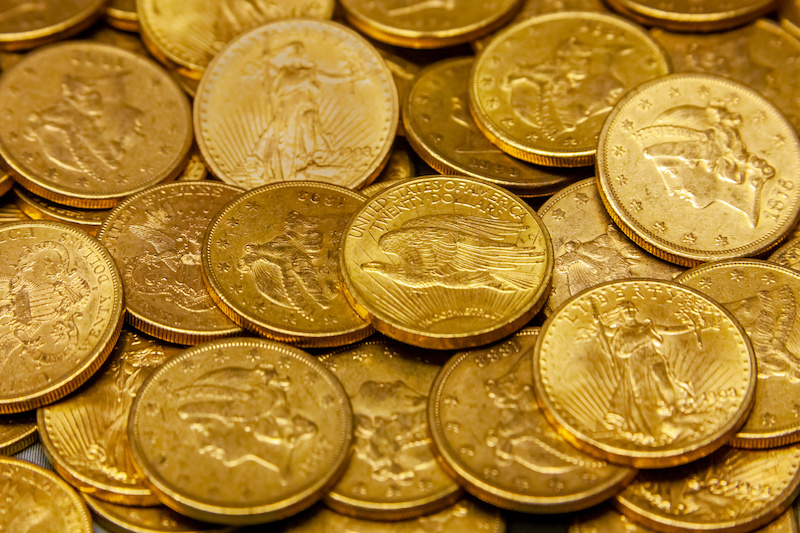Investing in Vintage Gold Coins
While all gold coins carry value due to their metal content, vintage coins can also have numismatic value. The numismatic value depends on collector demand, rarity, historical significance, condition, other attributes.


